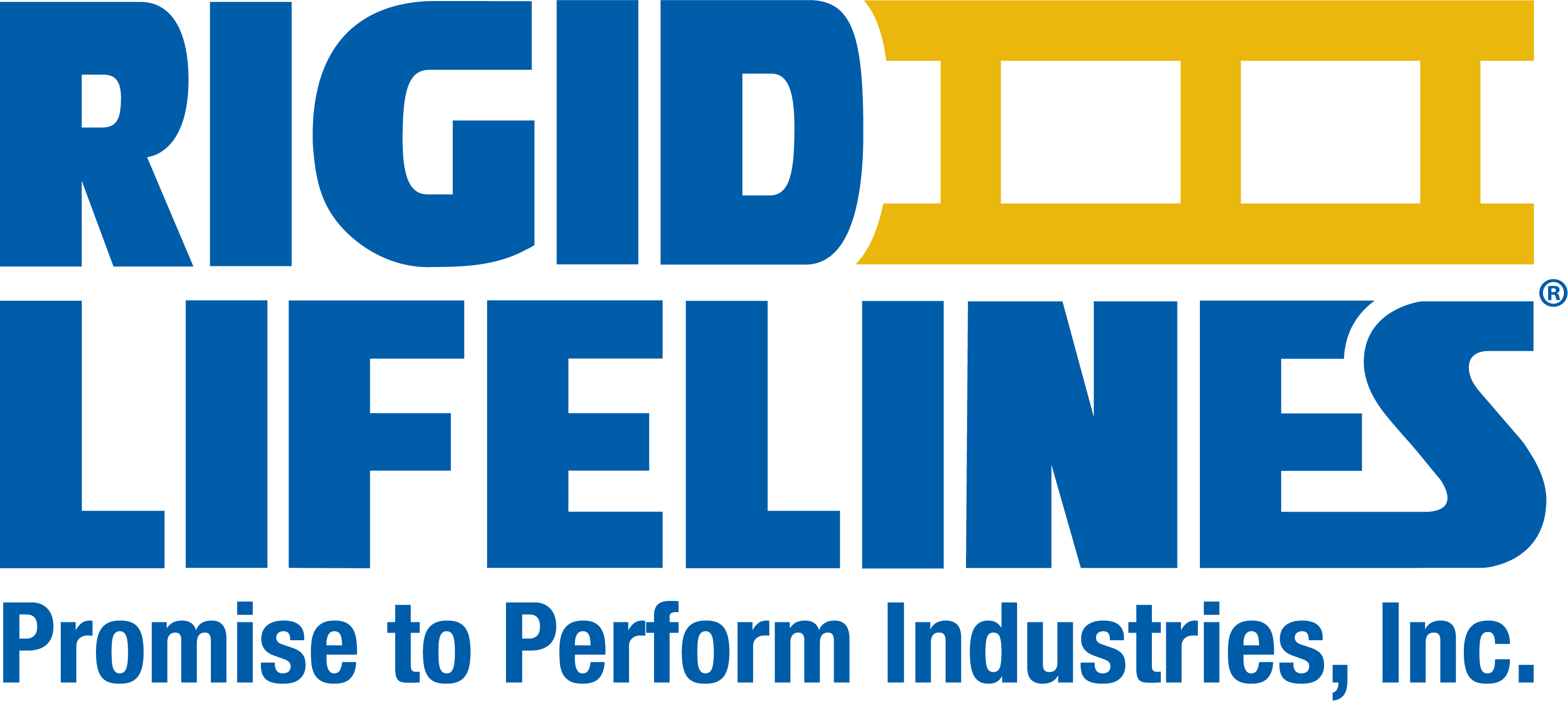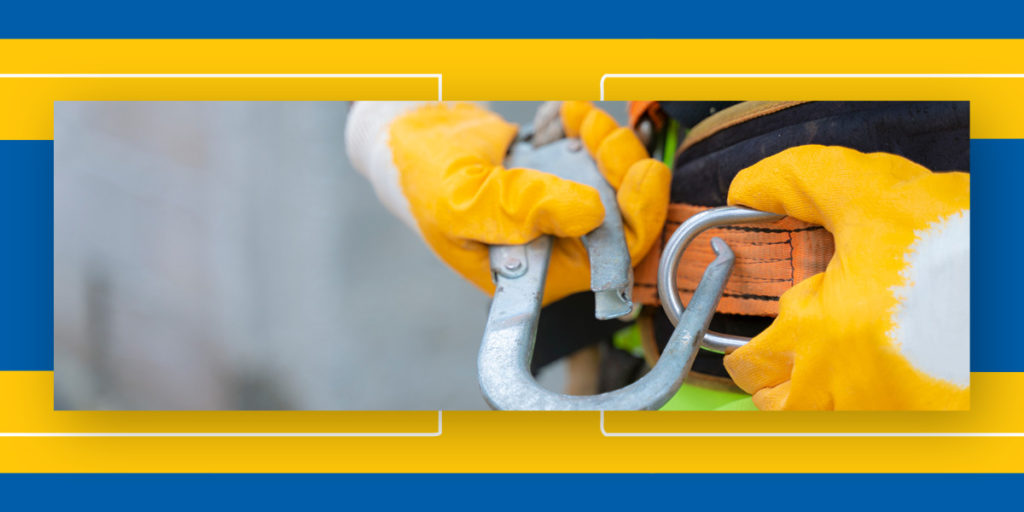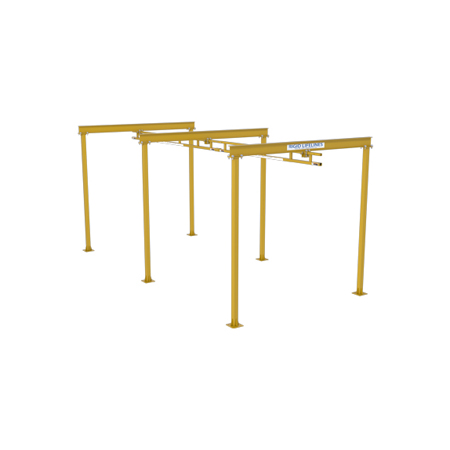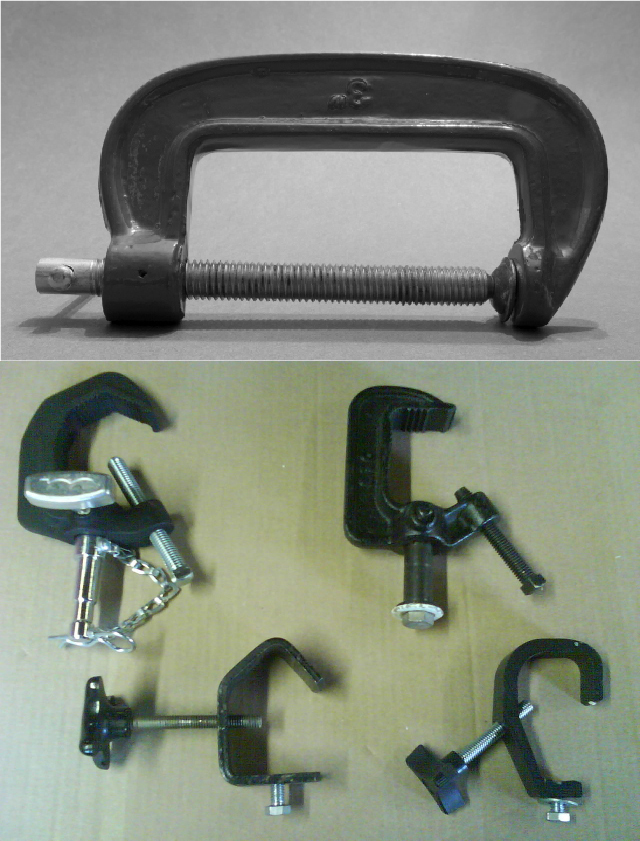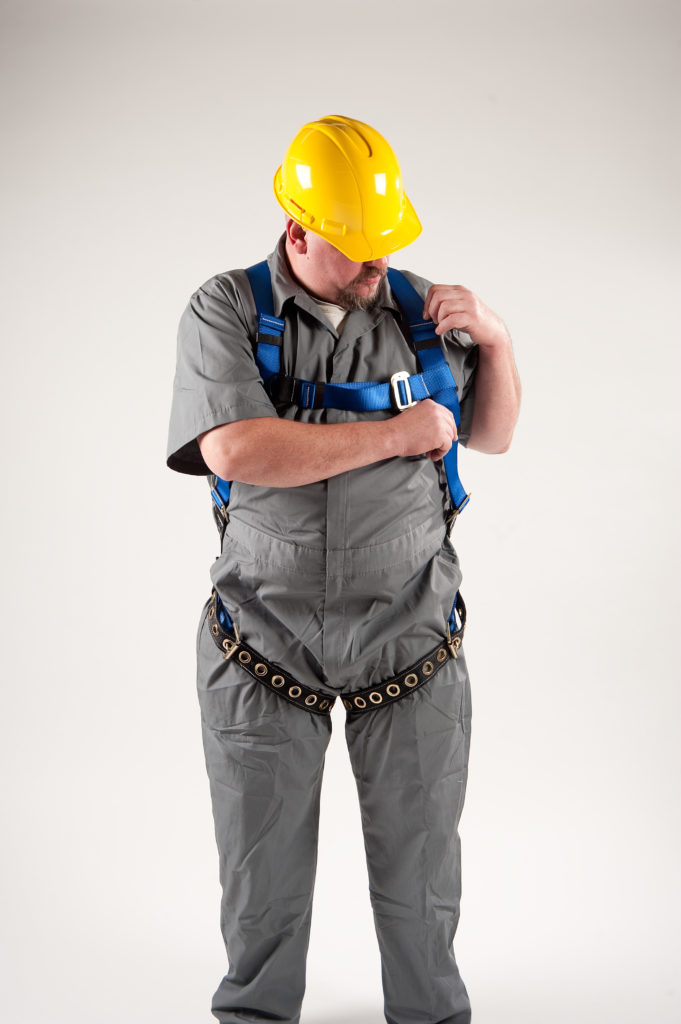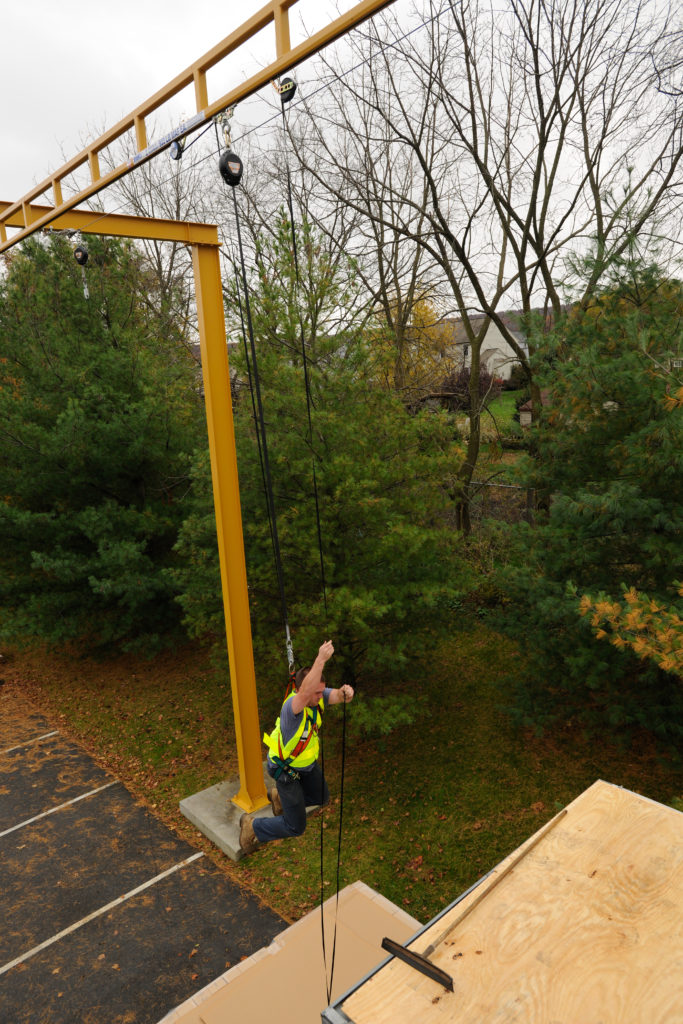Posts by developer
Stainless Steel vs. Galvanized Steel
This blog was originally posted on 7/20/17 and rewritten on 3/6/24. Whether constructing high-rise buildings, working in manufacturing facilities, unloading grains, or repairing railcars, fall protection systems are essential to ensure a safer working environment. However, when these systems aren’t manufactured with high-grade materials, they can be vulnerable to nature’s elements and compromise worker safety. That’s why galvanized…
Read MoreFall Protection Industry Solutions for Trucking and Transportation
Trucking applications typically require fall protection because of the overall height of the vehicles. The average height of an eighteen-wheeler, for instance, is nearly 14 feet. This height far exceeds OSHA’s four-foot height requirement for fall protection in general industry. Tanker trucks, flatbeds, platforms, semi-trailers, buses, garbage trucks, and fire trucks will (generally) require fall…
Read MoreVisual Literacy in Health and Safety
According to the Campbell Institute at the National Safety Council, at any point we are seeing only ten percent of what we perceive. You may think you are seeing the world accurately, but research shows that we are only capable of seeing approximately ten percent of that reality. Why? Because our brain works in fractions,…
Read MoreDoes Behavior-Based Safety Still Apply?
Behavior-based safety (BBS) has been a large part of Environmental Health and Safety since the early 1980’s. Today, it’s become a contentious topic for some people, depending on which side of the debate you stand. BBS was designed to apply the science of behavioral change to safety. It’s a process that is supposed to create…
Read MoreAsk Rigid Lifelines: C-Clamps as an Anchorage in Fall Protection
QUESTION: Can we use a C-clamp as an anchorage on a fall protection travel restraint system? ANSWER: The answer to this question is a resounding NO. C-clamps should never be used for fall protection. In fact, they’re actually referred to as the “widow maker” in the field. Here’s why: C-clamps are designed to hold two things…
Read MoreFall Protection: Coping with Complainers
If you work in an industry that requires the use of fall protection, you are probably familiar with workplace complainers who just don’t want to wear their personal protective or fall protection equipment. We can provide dozens of reasons why every worker at height should wear his or her fall protection, yet countless workers still…
Read MoreWhat is a Fall Hazard Survey Report?
Before preparing and implementing fall protection procedures, it’s essential to perform a fall hazard survey for every workplace activity where workers are exposed to a fall hazard. Once you have identified potential fall hazards, the next step is to develop a fall hazard survey report. The point of this report is to identify methods to…
Read MoreWorkplace Falls: The Cost of Doing Business?
According to the National Safety Council, fall injuries contribute to a large percentage of workers’ compensation and medical costs for companies from all types of industries. This cost has been approximated at 70 billion dollars annually in the United States alone. As a result, CFR 1926.501 Fall Protection is the most cited standard by OSHA.…
Read MoreSuspension Trauma and Rescue for At-Height Workers
This blog was originally posted on 10/19/2016 and reviewed on 3/8/2021. Disclaimer: The staff of Rigid Lifelines are not medical experts. If a worker is experiencing suspension trauma, seek medical assistance immediately. Once a fall has been arrested, suspension syndrome and trauma become real concerns. So what exactly is suspension trauma and how is it…
Read MorePart 4: Fall Protection Procedures: Minimum Requirements for a Managed Fall Protection Program
According to the National Fall Protection Code, ANSI/ASSE Z359.2-2007, fall protection procedures are an essential part of developing minimum requirements for a comprehensive managed fall protection program. Last week we discussed training and evaluation; this week we are going to discuss part four of the series—fall protection procedures and general requirements. General Requirements: Whenever one…
Read MorePart 3: Training and Evaluation: Minimum Requirements for a Managed Fall Protection Program
Training and evaluations are an essential part of a comprehensive managed fall protection program, especially considering the overall importance of safety and proper training in the workplace. We know, from the American National Standard (ANSI/ASSE Z359.2-2007), that there are a total of nine defined personnel in a comprehensive managed fall protection program. Last week we…
Read MorePart 2: Personnel: The Minimum Requirements for a Managed Fall Protection Program
Employers have a lot of duties and responsibilities when it comes to at-height workers. Part two of this four-part blog series covers the responsibilities and functions of different fall protection personnel—following the national standard that determines the minimum requirements for a comprehensive fall protection program—ANSI Z359.2-2007. When reading about fall protection and the minimum requirements…
Read More